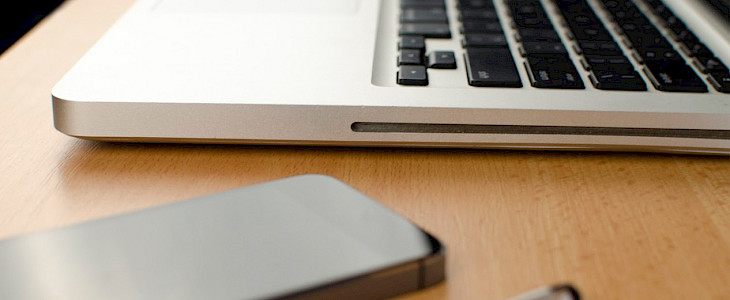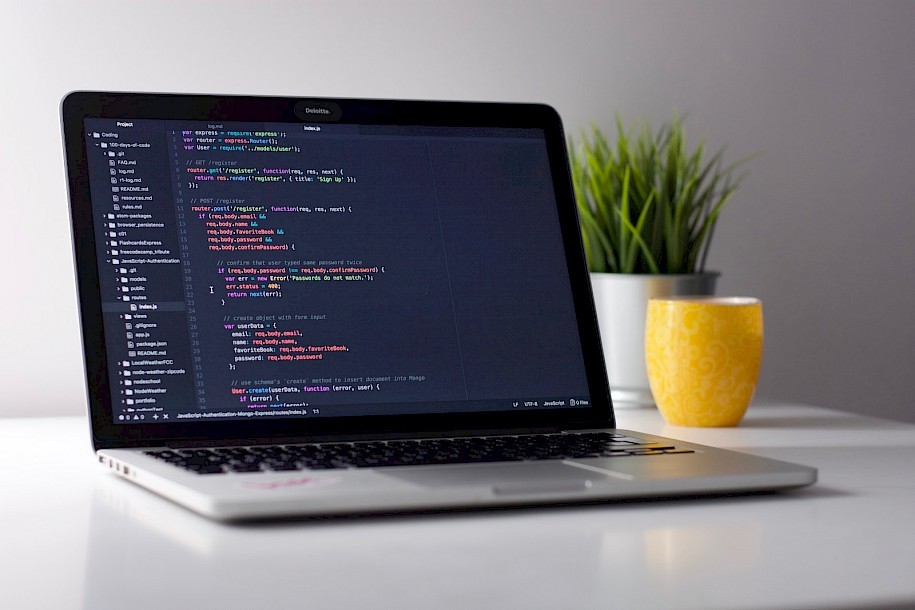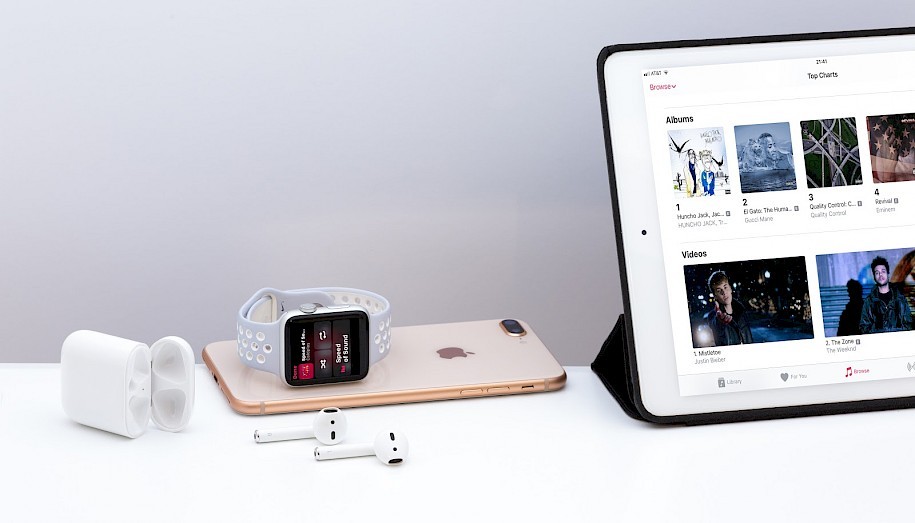
When a Macbook starts displaying a message that the startup disk is almost full, you know you are in trouble. Of course, there is no reason to panic as this is not an error but rather a warning. Disk space is not infinite and if you have been neglecting to take care of it, a lot of junk has accumulated over time.
It means that you will need to put some effort and get to remove all those unwanted files that have no place on your computer in the first place. And to carry out the most effective strategy of cleaning the disk, here are the methods to do that.
Method #1 – Clean System Storage
It may sound like cleaning mac storage is a complicated matter, but it is nothing like that. It is all about willing to scrap files that have been on the computer for too long without serving any purpose.
You can even go as far as reinstalling the OS or putting software like CleanMyMac X to use. Finally, an occasional restart will free up RAM and improve the overall performance of the computer.
Method #2 – Clean Cache Files

Cache files are there to make apps run smoother. But over time, the number of files can grow to a hefty number and they begin to take a lot more space than users can spare.
Caches accumulate from general applications or browsers like Safari or any other that you use. Deleting them periodically will free up space. Here are the steps to remove caches:
Launch Finder and select Go in the menu.
Pick Go to Folder.
Type in this exact text without quotations marks – “~Library/Caches”.
Delete the biggest files and folders.
Click on the Go to Folder again.
Type “Library/Caches” again, just without the ~ symbol this time.
Delete the largest folders again.
Method #3 – Delete Localization Files
Localization files are also known as language files. Some applications come with language packages and these packages take a lot of space. If you have no use for languages other than English, here is what you need to do:
Open Finder.
Visit Applications.
Control + click on an application that has different languages.
Click on the “Show Package Contents”.
From there, you will have the opportunity to delete the languages of an app that you do not need.
Method #4 – Delete Old iTunes Library Backups

New versions of iTunes are creating backups for the library. So whenever there is a new update for iTunes, you can get rid of the backup.
Click “Go” after launching Finder, select “Go to Folder” and type in ~/Music/iTunes/Previous iTunes Libraries. You will see the dates for every folder and are free to delete everything bar the most recent one.
Method #5 – Remove Old iOS Backups
Old backups are another type of file that takes spaces for no reason and should not be on the computer. Follow the same steps as you did with the iTunes library and enter the following: ~/Library/Application Support/MobileSync/Backup. Deleting all the old backups will free up extra space in the drive.
Method #6 – Get Rid of Useless Applications
Take a closer look at your application folder and determine which of the apps are no longer of use. If you are looking to create more space on the drive, delete old apps. But do not just drag them in the trash and leave it there. You will need to do a more thorough job by deleting caches of the applications as well.
And remember that if you ever need to use the app again in the future, you can always go to the app store, download and install it again.
Method #7 – Use Cloud-Based Services
Cloud computing is great for those who want to keep their most important files in a safe place. Apps like iCloud and Dropbox provide you with plenty of space and the best part about these services is that they are free. Move your files to clouds to lessen the burden on the hard drive.
Method #8 – Scan for Viruses and Malware

A virus or malware could do more than just slow down the overall computer performance or access sensitive personal information. There are threats that make your disk their home and happily grow without getting noticed.
It is necessary to have anti-virus software in the background all the time. Even if you do not encounter any malware or viruses, it is still better to be safe than sorry.
Method #9 – Empty the Trash
Some users believe that dragging a file in the trash bin does the job. But in reality, it only moves a file from one location to another.
Control+click on the Trash app in the Dock. Select “Empty Trash” and click it. This will get rid of the files for good.